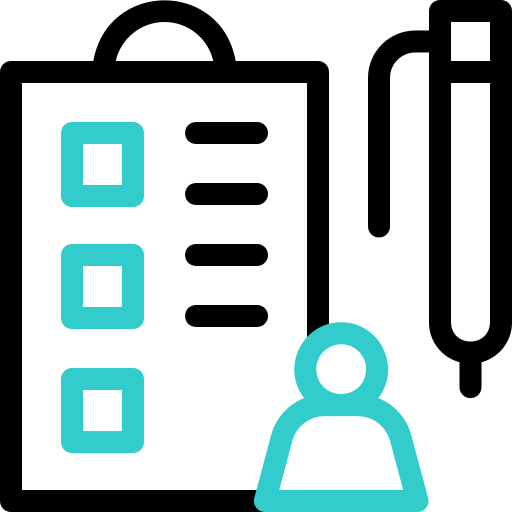You can run LM-X on all major platforms, including Windows, Linux, Mac OS X, and others. Even if you have customers who want to install the LM-X license server on a platform that you don’t have in-house, you can use a license server pre-compiled for that platform.










